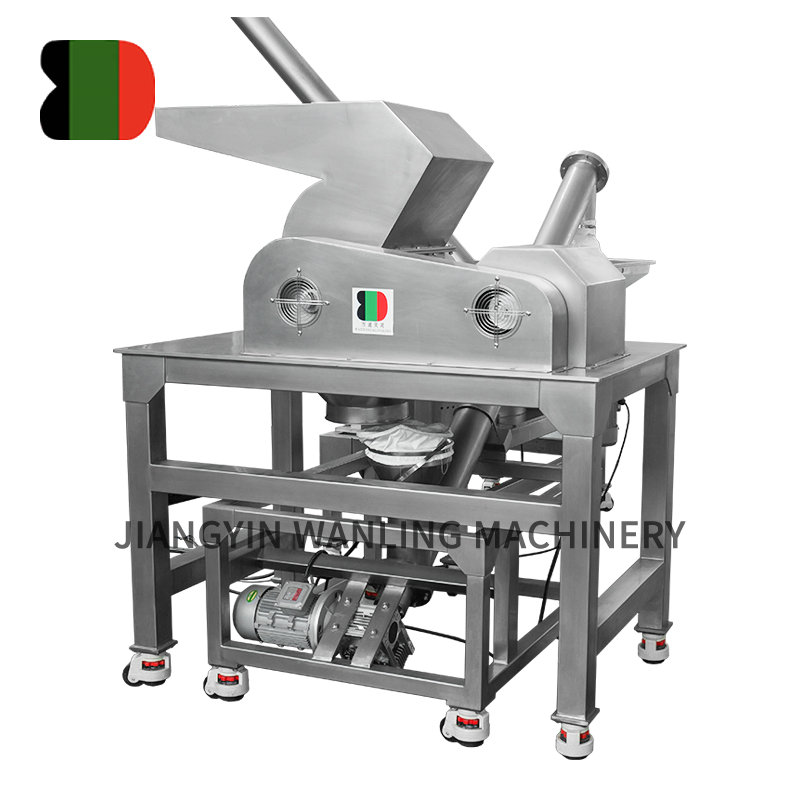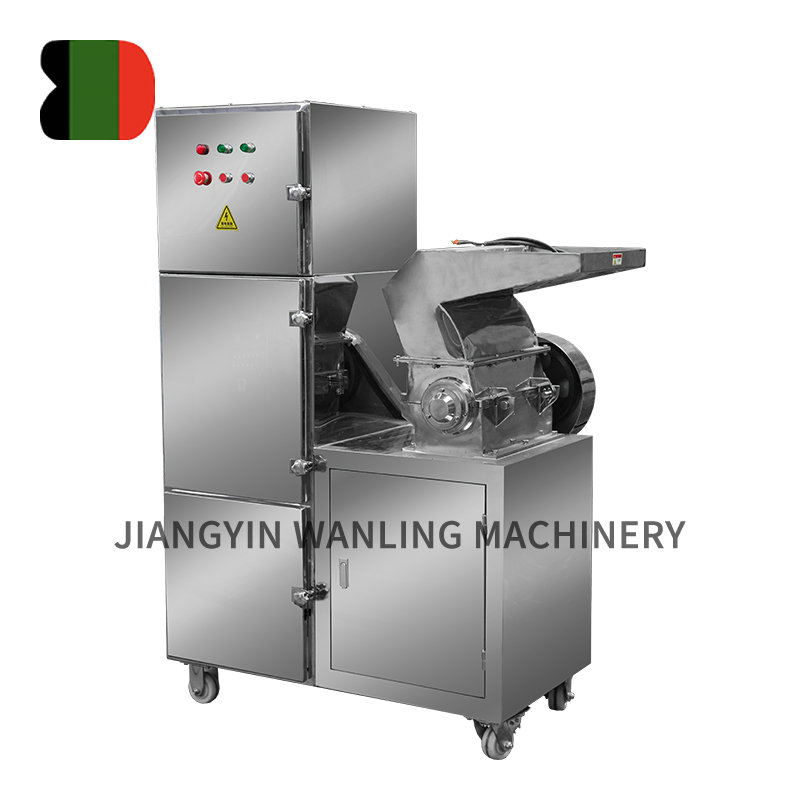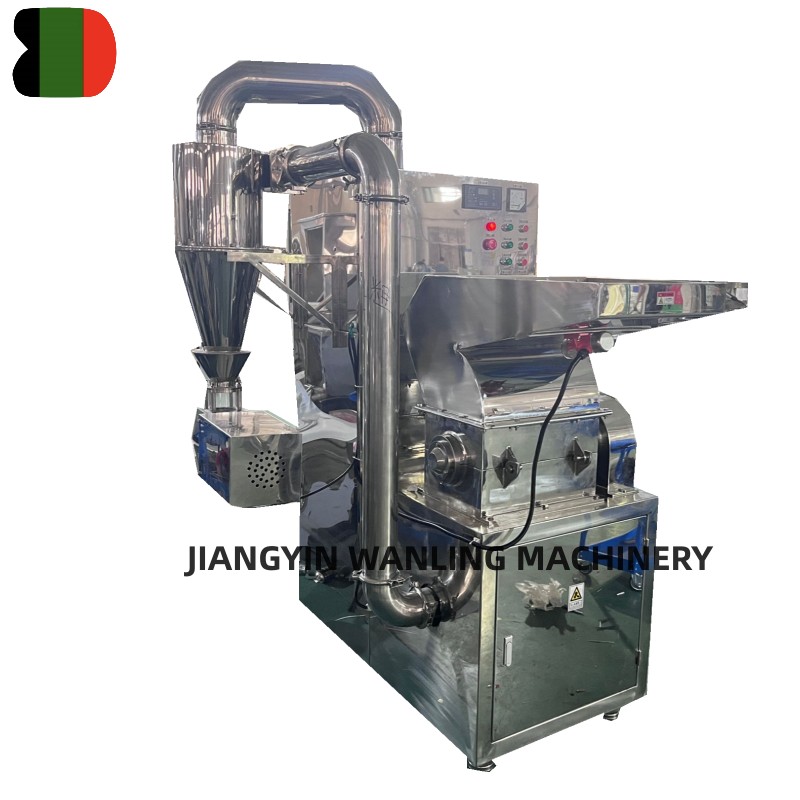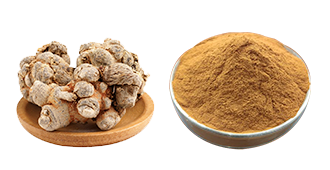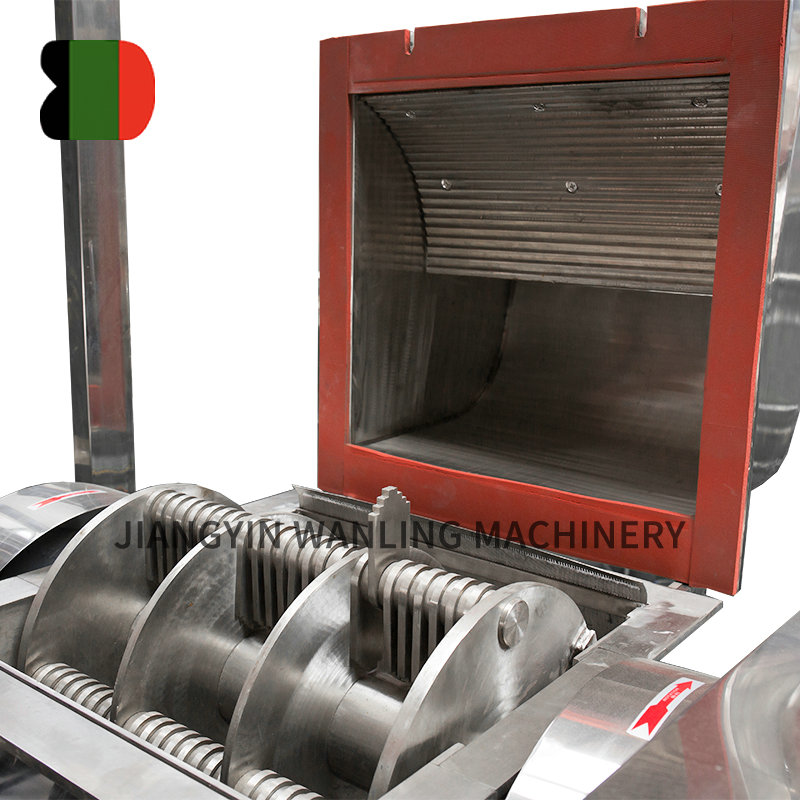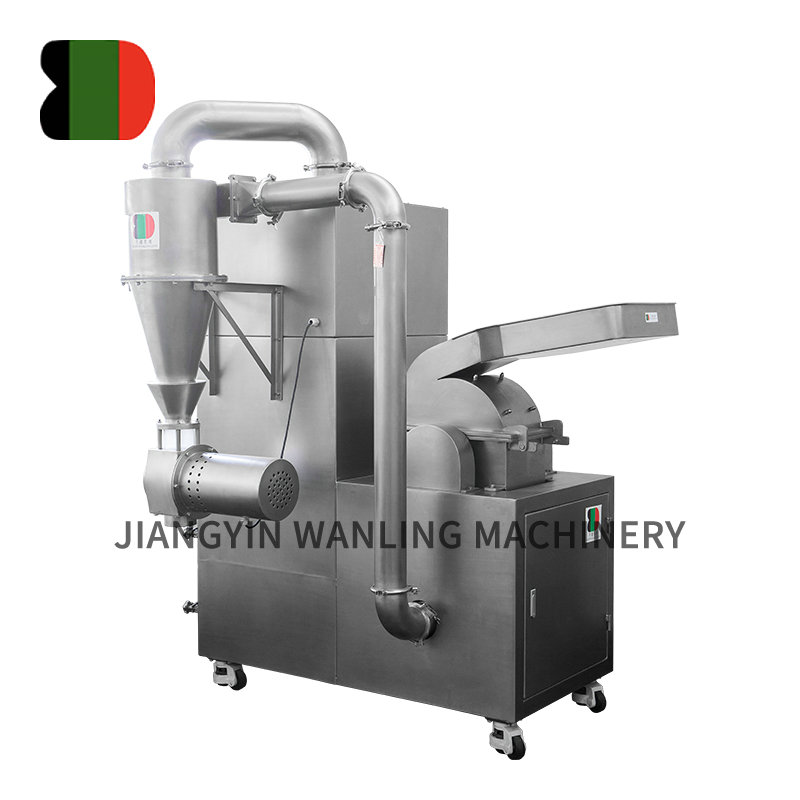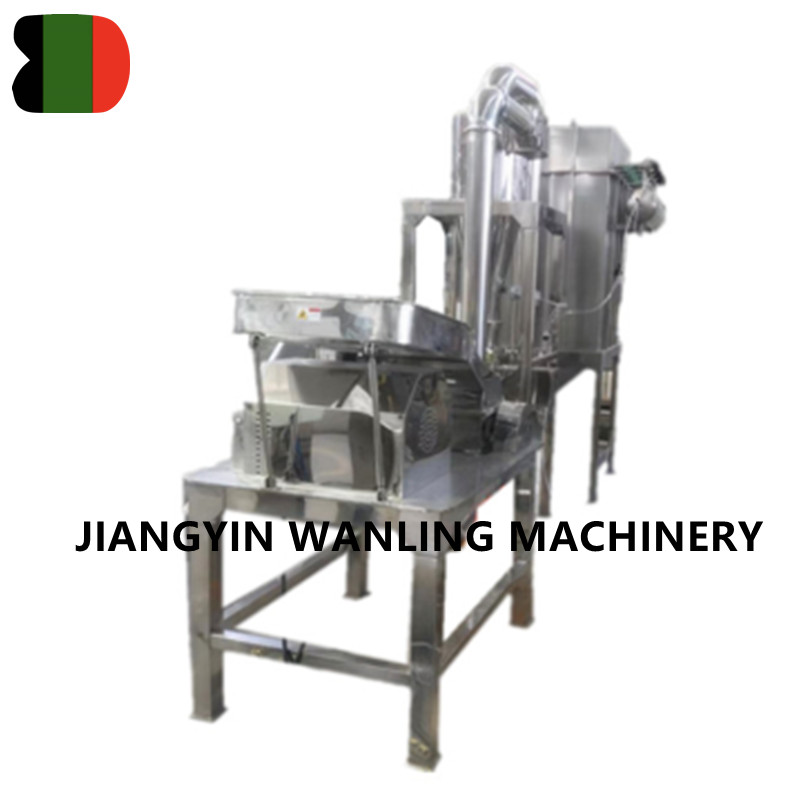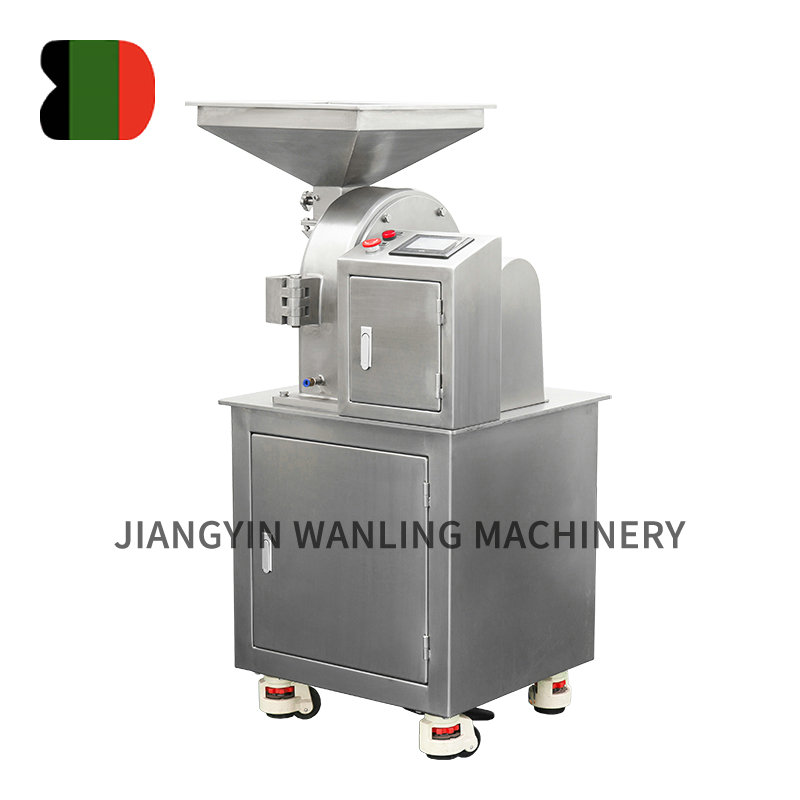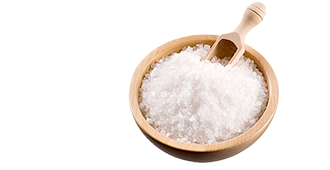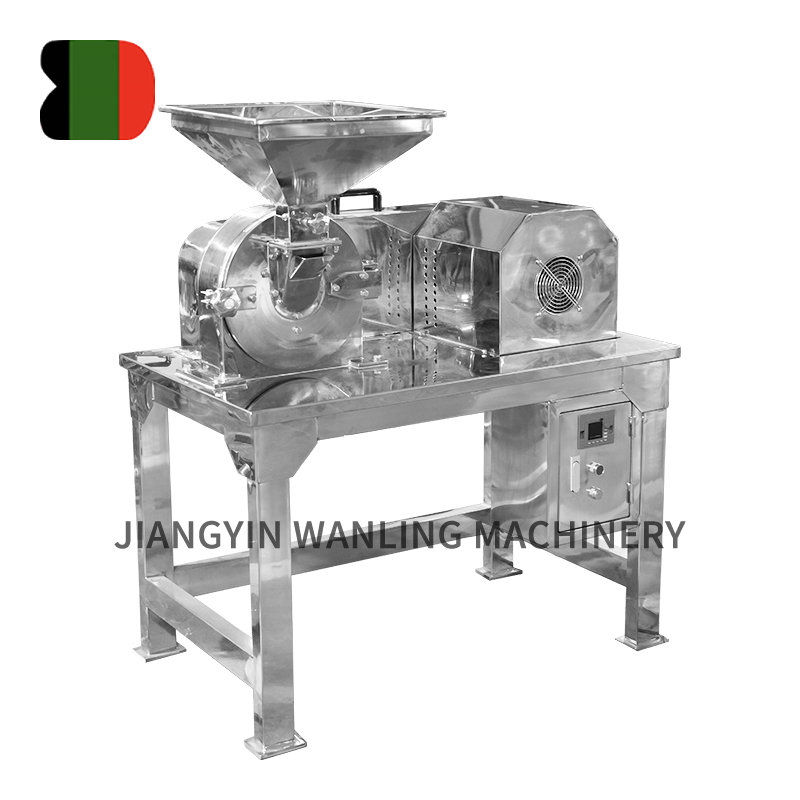A fluid bed dryer achieves efficient drying through a combination of unique features and operational mechanisms that differentiate it from other drying methods. Here's a detailed exploration of how it works:
Enhanced Heat and Mass Transfer
Fluidization Mechanism: In a fluid bed dryer, air or gas is passed through a perforated bed of solid particles at high velocity, causing the particles to become suspended and behave like a fluid. This fluidization creates an extensive surface area for heat and mass transfer.
Uniform Distribution: The turbulent motion of particles ensures uniform exposure to the drying air, which enhances the rate of moisture evaporation and leads to more consistent drying throughout the material.
High Efficiency and Speed
Rapid Heat Exchange: The intimate contact between hot air and the material results in rapid heat transfer, significantly reducing drying time compared to static drying methods.
Effective Moisture Removal: The continuous movement of particles ensures that moisture is efficiently carried away from the material, preventing localized saturation and promoting uniform drying.
Controlled Drying Environment
Precise Temperature Control: Fluid bed dryers allow for tight control over drying temperatures, which is critical for materials sensitive to heat. This helps in achieving optimal drying without damaging the product.
Adjustable Airflow: The airflow rate can be adjusted to match the moisture content and drying requirements of the material, ensuring efficient and tailored drying processes.
Flexibility and Scalability
Versatile Material Handling: Fluid bed dryers are suitable for a wide range of materials, including powders, granules, and crystals, and can handle variations in particle size and moisture content.
Scalable Operation: They can be designed for batch or continuous processing, making them adaptable to different production scales and operational needs.
Homogeneous Drying
No Hot Spots: The constant movement of particles in a fluidized state ensures even heat distribution, preventing the formation of hot spots which are common in other drying methods like rotary dryers.
Consistent Product Quality: The uniform drying environment helps in maintaining consistent product quality, which is crucial in industries like pharmaceuticals and food processing.
Energy Efficiency
Lower Energy Consumption: Due to the high efficiency of heat and mass transfer, fluid bed dryers often require less energy than other dryers, such as spray dryers or rotary dryers, for the same drying task.
Heat Recovery: Some fluid bed dryers are equipped with systems to recover and reuse heat from the exhaust, further improving energy efficiency.
Reduced Processing Time
Shorter Drying Cycles: The high rate of moisture removal and efficient heat transfer reduce the overall drying cycle time compared to other methods like tray drying or vacuum drying.
Continuous Processing: In continuous fluid bed dryers, materials can be fed and dried continuously, which reduces downtime and increases throughput.
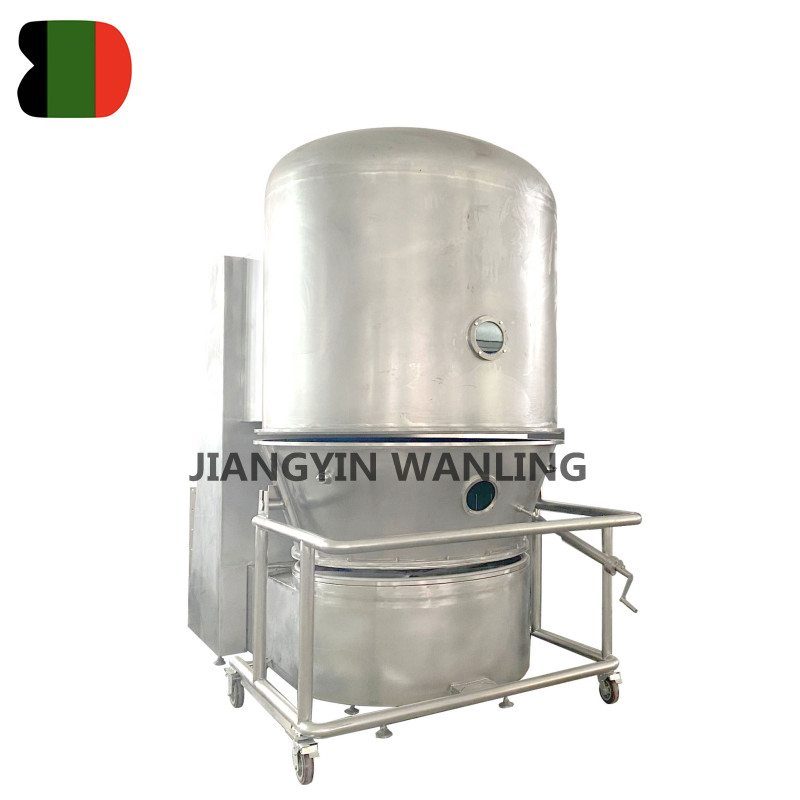
Low Product Degradation
Gentle Handling: The fluidized state reduces mechanical stress on particles, minimizing damage or degradation, which is especially important for fragile or heat-sensitive materials.
Minimal Over-Drying: The efficient removal of moisture and precise control over drying parameters help in avoiding over-drying, preserving the quality and functionality of the product.
Adaptability to Complex Drying Tasks
Multi-Stage Drying: Fluid bed dryers can be designed for multi-stage drying processes, allowing for different drying conditions in different zones to optimize drying for complex materials.
Integration with Other Processes: They can be integrated with processes like coating, granulation, or cooling, adding versatility to the production line.
Improved Safety
Lower Explosion Risk: The lower operating temperatures and better control over the drying environment reduce the risk of dust explosions compared to methods like spray drying, which involve higher temperatures.
Comparison with Other Drying Methods
Tray Dryers: These have longer drying times and less uniform drying due to static drying conditions and less efficient heat transfer.
Rotary Dryers: While effective for large-scale operations, they can have issues with uneven drying and higher energy consumption due to the mechanical handling of materials.
Spray Dryers: Although excellent for drying liquids into powders, they require higher temperatures and more energy, which can be unsuitable for heat-sensitive materials.
By leveraging these advantages, fluid bed dryers provide a highly efficient, flexible, and effective solution for drying a wide range of materials across various industries.



 Español
Español